Estimated reading time: 9 minutes
Every pet cat has its unique eating habits and preferences. The decision about whether or not to feed your cat at night can often stir debate among many cat owners.
The type of food you provide, be it dry food or wet food, as well as the rate at which the food is consumed, can all contribute to the decision. The ultimate goal is to ensure your cat is getting the right amount of food at the right time, and in a way that helps to keep your cat healthy.
In this article, we’ll examine the implications of leaving out both dry and wet cat food at night, how to gauge how much your cat eats, and the potential impact on your pet’s health. Remember, this guide is not just for adult cats but also for those who are caring for a kitten at night.
Key Points
Understanding Your Cat’s Natural Eating Habits
In the wild, cats are solitary hunters, primarily targeting small rodents and birds. Unlike humans or dogs, who tend to eat larger meals a few times a day, cats in the wild would typically eat smaller, more frequent meals throughout the day, often up to 10-20 times. This natural behavior is referred to as grazing.
Many cat owners prefer to mimic this grazing behavior by leaving dry food or kibble out all day, allowing their cat to eat when it pleases. This practice allows the cat to graze and can be more convenient for pet owners who work during the day and may not be around to provide frequent meals.
However, while this may seem like a simple solution, it’s important to keep an eye on how much your cat is eating, as free access to food can potentially lead to overeating and obesity.
One key aspect to consider is the type of food your cat is eating. Dry cat food is often the chosen food for leaving out all day due to its long shelf life. Unlike wet food, dry food does not spoil if left out for a few hours or even a whole day, and many cats enjoy its taste. However, a diet solely consisting of dry food may lead to dehydration, as cats traditionally get a lot of their water intake from their prey.
Wet cat food, on the other hand, has a more appealing taste and texture for many cats, and it also has a higher moisture content which helps to keep your cat hydrated. However, this type of food cannot be left out for long. If left out for more than a few hours, wet cat food can become less appealing to your cat as it coagulates and loses its freshness. Furthermore, it can become a breeding ground for bacteria, leading to food spoilage and potential health risks if ingested.
Some pet owners opt to provide a mix of both wet and dry food, combining the benefits of both. This practice allows for the taste and hydration benefits of wet food, with the convenience and dental benefits of dry food. Again, if using this method, it’s still important to monitor the amount of food your cat is eating and ensure that wet food is not left out for too long.
Whether or Not to Leave Food Out for My Cat at Night
The practice of leaving food out at night for cats has become a topic of heated debate among pet owners and feline experts alike. Some argue it aligns with a cat’s natural tendency to graze while others caution against potential health risks.
The primary reason many cat owners leave food out for their cats at night is convenience. This is particularly the case with dry food, which doesn’t spoil quickly, meaning it’s safe to leave out for extended periods.
Dry food left out overnight provides an opportunity for your cat to graze, coming back to the food bowl whenever she feels the need. This arrangement can especially suit owners who are out during the day and want to ensure their cats have access to food and water at night.
However, while dry food can provide sustenance for your cat, it is less hydrating than wet food. This lack of hydration could become an issue if dry food is the only type of food your cat consumes.
Conversely, wet food, beloved by many cats due to its closer resemblance to their natural diet, is a different matter. High-quality wet food often comes in a variety of textures and flavors and provides an essential source of hydration.
Unfortunately, if you leave wet cat food out for more than a few hours, wet food coagulates, becoming a less appetizing cold food and can potentially harbor bacteria leading to food spoilage. Therefore, while wet food can offer nutritional benefits, you should not leave wet food out overnight.
It’s also worth noting that feeding habits can vary based on the age and health status of the cat. A kitten at night may require more frequent feeding due to its higher energy needs. An older or ill cat may need its food intake closely monitored to manage specific health conditions.
Effects of Free Feeding on Cat’s Health
Free-feeding, or leaving food out all day or night for a cat to graze on, can lead to various health issues. Even though this practice may be more convenient for some cat owners, the potential effects on a cat’s health should not be overlooked.
One of the most significant risks associated with free feeding is overfeeding, which can lead to obesity. Avoid overfeeding your cat dry food, as it’s often higher in calories compared to wet food.
Another issue that may arise when leaving food out at night is that it can be challenging to monitor how much your cat is eating. If a cat doesn’t finish their food, this could be a sign of overfeeding. On the other hand, if your cat finishes all her food quickly and still appears hungry, she might not be getting enough food.
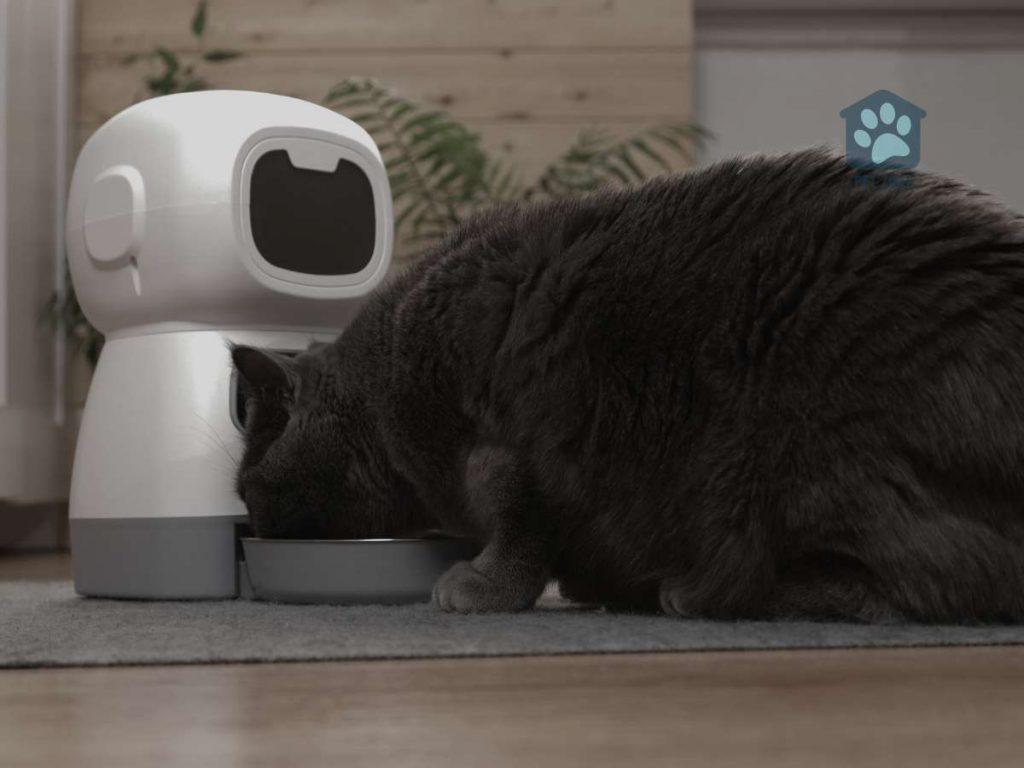
Alternatives to Leaving Food Out Overnight
Given the potential issues associated with leaving food out overnight, it’s worth considering some alternatives to ensure that your cat remains healthy and well-fed. Here are a few options that you could consider:
Scheduled Feeding Times
One effective way to avoid overfeeding and ensure your cat is getting the nutrients it needs is to feed your cat at specific times each day. Most vets recommend feeding adult cats two meals a day.
If you have a kitten, more frequent meals might be necessary due to their higher energy needs.
Scheduled feeding times can also help you keep track of your cat’s appetite, which is a valuable indicator of her overall health.
Portion Control
Controlling the portion of food in one meal that you offer your cat, be it dry food or wet food, can help prevent overeating. Ensure you’re aware of the recommended portion sizes, which can usually be found on the cat food packaging.
These recommendations are often based on the cat’s weight, so regular weigh-ins can help you determine the right portion size.
Using Automatic Feeders
Automatic pet feeders are a convenient tool for those with a busy schedule. These devices can be programmed to dispense a specific amount of dry food at set times. This way, your cat can have access to fresh food at all times without the risk of overeating.
Food Puzzles and Slow Feeders
Food puzzles and slow feeder bowls can help make meal times more stimulating for your cat and slow down their eating. These devices require your cat to work a bit to get to the food, mimicking the natural behavior of hunting for prey.
Striking a Balance in Your Cat’s Feeding Routine
Understanding your cat’s feeding habits and nutritional needs is crucial to ensure its overall health and well-being. While leaving food out overnight, particularly dry food, may seem like an easy solution for busy cat owners, it’s crucial to consider the potential pitfalls. Overeating, obesity, and food spoilage are significant concerns that need to be addressed.
If you decide to leave food out for your cat at night, opting for dry food could be a more viable choice given its longer shelf life. However, it’s still necessary to control portion sizes to avoid overeating and monitor your cat’s water intake, as dry food can contribute to dehydration.
Wet food, despite its appeal to many cats and additional hydration benefits, should not be left out overnight due to the risks of spoilage and decreased palatability. It may be better served as a part of meal times when it can be eaten fresh.
Adopting alternatives such as scheduled feeding times, portion control, automatic feeders, and food puzzles can help maintain a healthy feeding routine. Regular monitoring of your cat’s weight and health, coupled with routine vet check-ups, is equally important.
The best approach depends on various factors including your cat’s age, health, type of food, and your daily routine. It’s always recommended to consult with a veterinarian to tailor the best feeding strategy for your feline friend. Ultimately, with the right balance and mindful practices, you can ensure that your cat is not only well-fed but also happy and healthy.


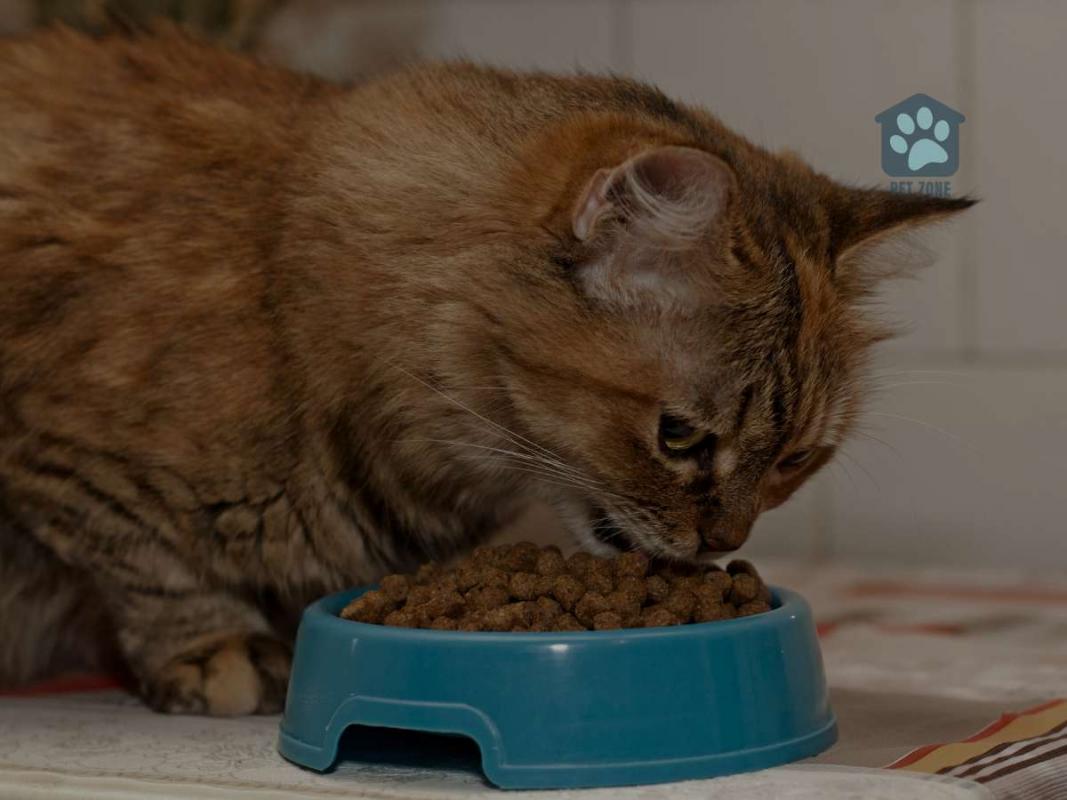
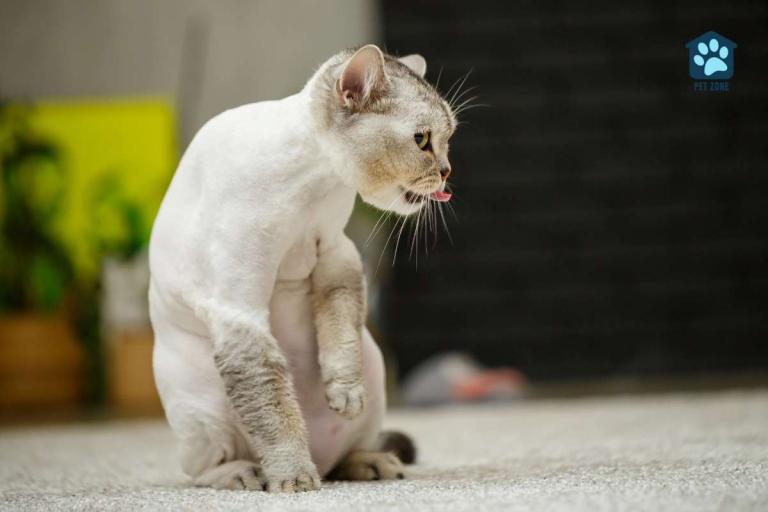
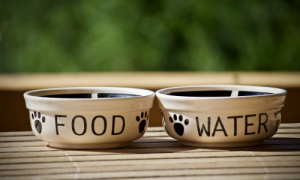
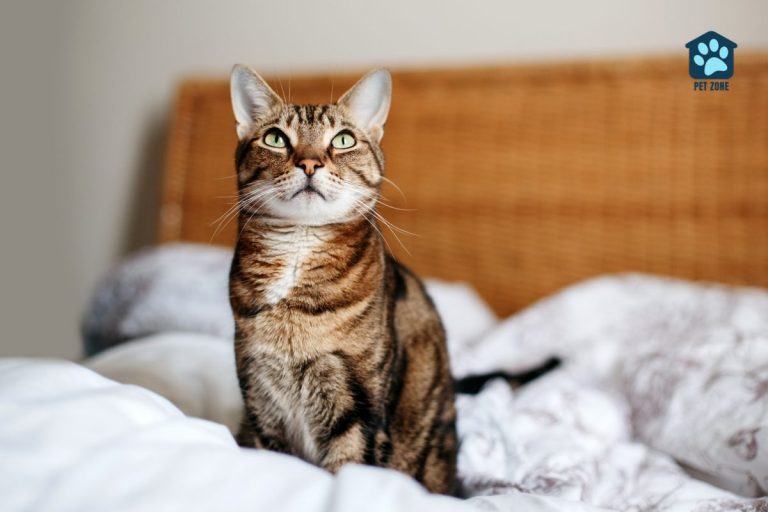
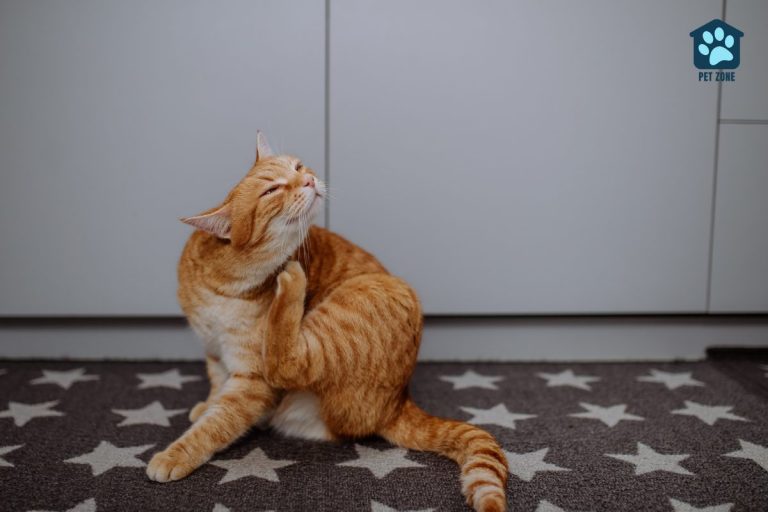
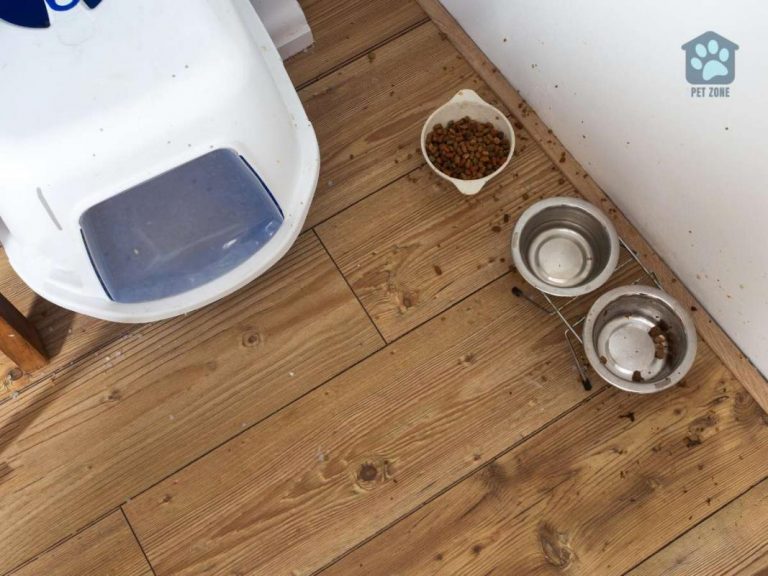
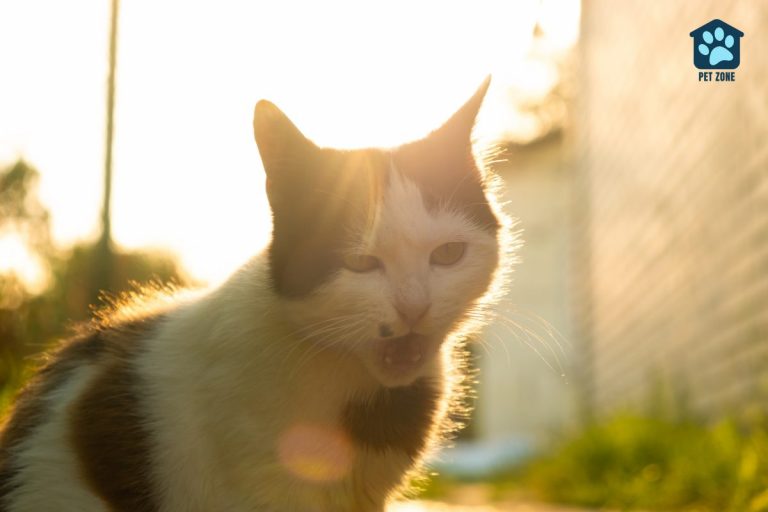
I used to leave food for my cat at night but then, the next morning she wouldn’t eat it. Of course, the food was already looking and probably tasting differently. I didn’t have that problem with dry food though. Thanks for sharing this useful post!